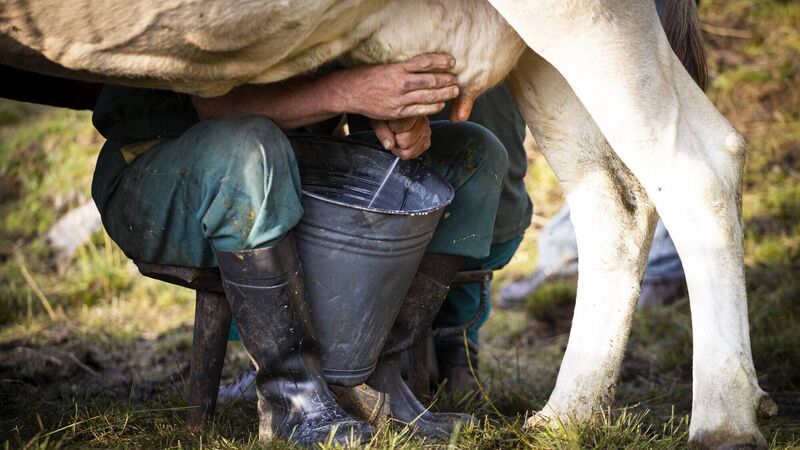Applicance of Science: Only mammals make milk, right?

Appliance of Science: Cows do it, we do it, bats and dolphins do it too; we all produce milk to nourish our newborn; it’s what makes us mammals. It turns out that milk-making might not actually be completely unique to us mammals.
Cows do it, we do it, bats and dolphins do it too; we all produce milk to nourish our newborn; it’s what makes us mammals. And mammals are the only animals that do this, right? It turns out that milk-making might not actually be completely unique to us mammals.
It would appear that certain birds make a milk-like substance too. It may not be considered true milk, as made by mammals but it serves a similar purpose. It is made by an adult and is fed to the young, providing nutrients and a certain level of protective chemicals until they are old enough to fully feed themselves.
Pigeons, emperor penguins, doves, and flamingos make something called crop milk. As the name suggests, this nourishing liquid is made in the bird’s crop. The crop is a muscular pouch near the bird’s throat and is usually used to store and moisten food as a first step in the digestive process. However, a couple of days before the eggs hatch, the crop of these birds swells with fluid-filled cells. When the young hatch, the birds regurgitate this milk-like liquid to feed them with.
What is even more interesting is that it is not a solely female act, like in mammals. Both male and female pigeons, doves and flamingos produce this crop milk for their hatchlings; and it is only the male emperor penguin that makes it for his offspring.
Most insects have a limited level of parenting. Usually, they lay eggs and that’s their job done. That’s not always the case though. There is one type of cockroach, the Pacific Beetle Cockroach, that doesn’t lay eggs at all, instead, their embryos develop within their bodies, in something called a brood sac.
What is even more interesting is that this type of cockroach produces a milk-like substance within her brood sac that the embryos can feed on as they develop.
The Pacific Beetle Cockroach is not the only milk-producing insect. In 2018, a group of scientists in China discovered a type of spider that feeds its spiderlings a milk-like substance. The spider is a type of jumping spider; it lives in nests and it mimics the appearance of ants.
Although spiders may get a bad rap as parents, many female spiders protect and even feed their young when they first hatch. These jumping spiders go one step further; they produce this milk-like substance and nurse their young for up to 20 days. That is beyond the point at which they are able to find their own food. They will even feed their female offspring after they have reached sexual maturity.
As well as nursing her young directly, the mother will also deposit droplets of milk around the nest. Even after nursing has ceased she will often stay in the nest with her young spiders, greatly increasing their chances of survival.
Expanding the idea of milk a little further to include a mucus-like substance secreted by Discus fish and we have milk-feeding fish. This protein-rich substance coats the body of both parents and, once hatched, their young will feed on this mucous for more than two weeks. When one parent has had enough, they flick their offspring off their own bodies and on to that of their mate.
So although mammals may be the ones that produce true milk, it seems many others in the animal world are able to make a milk-type food for their young too.

Celebrating 25 years of health and wellbeing








